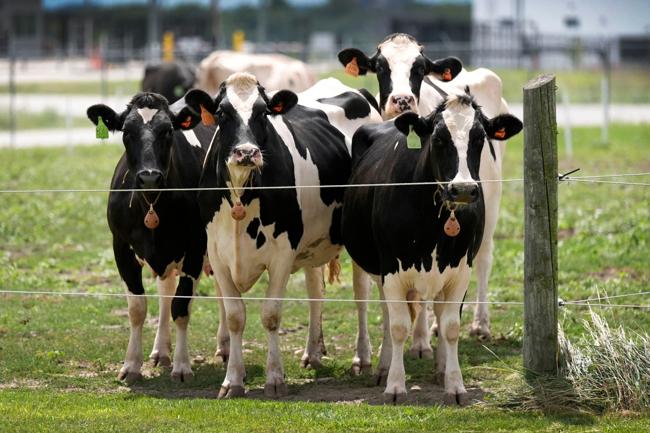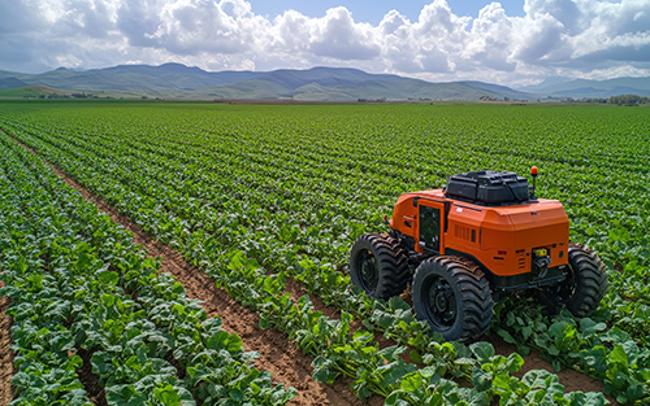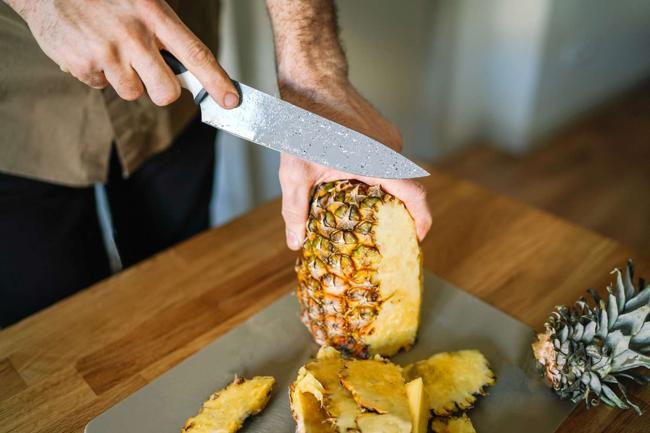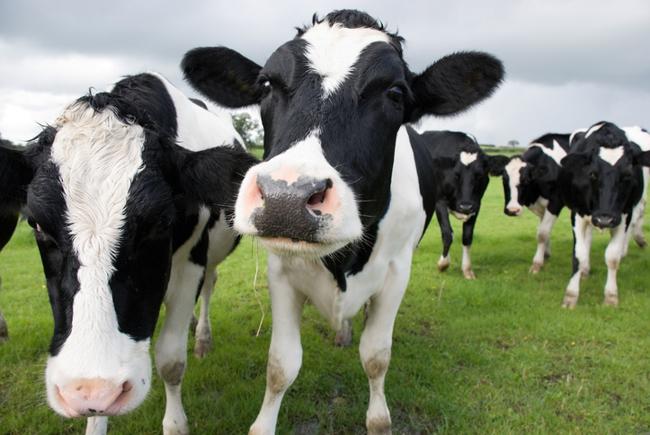Summary
After some testing with the USDA, Vermont has been declared unaffected by highly pathenogenic avian influenza. Vermont is the first state in New England to be
Source: MyChamplainValley.com

AI News Q&A (Free Content)
Q1: What recent innovations in agriculture have helped prevent the spread of highly pathogenic avian influenza (HPAI) among livestock in the United States?
A1: Recent innovations in agriculture, particularly in digital modeling and surveillance, have played a key role in HPAI prevention. High-resolution, US-scale digital models now integrate data from livestock, wild birds, and human activities, enabling the identification of HPAI risk hotspots and guiding targeted surveillance. Such technologies allow agricultural authorities to proactively isolate at-risk regions and implement biosecurity measures, minimizing the risk of disease spillover to livestock such as cattle and poultry.
Q2: How does Vermont's status as the first New England state unaffected by avian influenza impact agricultural innovation and surveillance strategies regionally?
A2: Vermont's status as the first New England state to remain unaffected by HPAI is significant in shaping regional agricultural innovation. It demonstrates the effectiveness of robust surveillance, biosecurity protocols, and rapid USDA testing. This success story supports the adoption of similar proactive monitoring and isolation strategies in other states, encouraging investment in technologies that enhance early detection and containment of zoonotic diseases.
Q3: What are the economic implications for Vermont's agriculture sector following USDA confirmation of being unaffected by HPAI?
A3: USDA's confirmation that Vermont's cattle are unaffected by HPAI has positive economic implications, as it preserves market confidence and ensures uninterrupted trade of Vermont agricultural products. The absence of disease outbreaks prevents costly culling, trade restrictions, and loss of consumer trust. Vermont's clean bill of health also attracts investment and advances in agricultural innovation, further strengthening the state's agricultural economy.
Q4: What does the latest research indicate about the effectiveness of pasteurization in inactivating avian influenza viruses in milk, and what are the implications for agricultural safety?
A4: Recent scientific studies show that while standard pasteurization temperatures (63°C for 30 min, 72°C for 15 s) can inactivate avian influenza viruses in most media, milk provides a protective environment that reduces the effectiveness of these treatments. Only higher temperatures (80°C for 15 s) fully inactivate the virus in milk. This highlights the importance of strict heat treatment protocols for dairy safety and drives innovation in pasteurization technologies to address emerging zoonotic threats.
Q5: How have computational models contributed to understanding and controlling the spread of avian influenza in livestock populations?
A5: Computational models, such as cellular automata and digital ecosystem simulations, have significantly advanced the understanding of avian influenza spread. By simulating interactions between livestock, wild birds, and human populations, these models identify transmission pathways and predict outbreak scenarios. This enables targeted preventive actions, such as isolating infected areas and optimizing vaccination or culling strategies, thereby reducing the risk of widespread outbreaks.
Q6: What are the key historical milestones in agricultural innovation that underpin current disease prevention strategies in livestock farming?
A6: Key milestones in agricultural innovation include the domestication of livestock, the development of industrial-scale farming, the introduction of selective breeding, and the adoption of technological advancements in biosecurity and disease surveillance. In the 21st century, digital data integration and real-time monitoring have become central to disease prevention, enabling rapid response and minimizing the impact of outbreaks like HPAI.
Q7: What are the main benefits and challenges of integrating technological innovation in agriculture to combat zoonotic diseases such as avian influenza?
A7: The integration of technological innovation in agriculture offers benefits such as improved disease detection, efficient resource allocation, and enhanced biosecurity. However, challenges include the need for substantial investment, data privacy concerns, and ensuring technology adoption among small-scale farmers. Balancing these factors is essential for the effective and equitable implementation of solutions to combat zoonotic diseases.
References:
- Agriculture - Wikipedia, https://en.wikipedia.org/wiki/Agriculture
- USDA deems Vermont cattle unaffected by Bird Flu, https://www.wcax.com/2024/06/18/usda-deems-vermont-cattle-unaffected-by-bird-flu/





